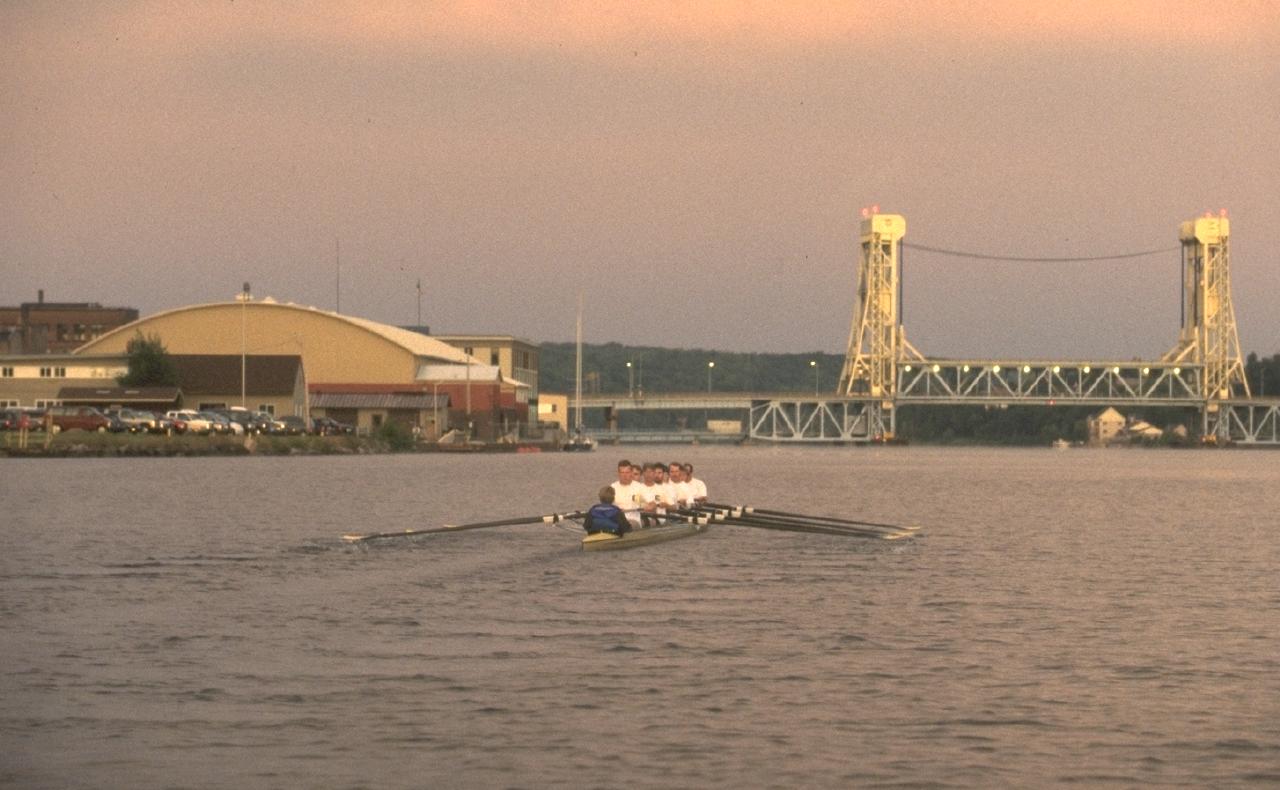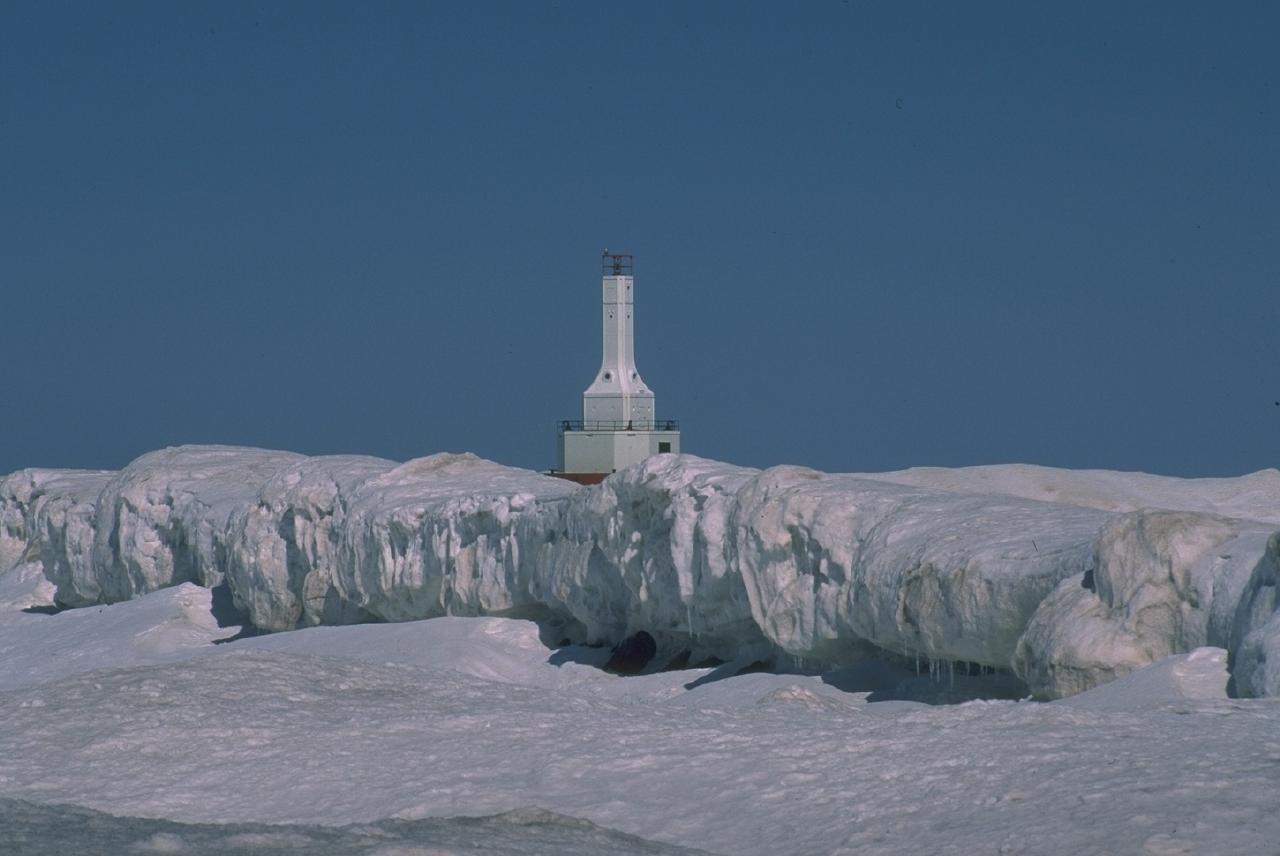Michigan Tech Home |
Department of Geological Engineering and Sciences |
Remote Sensing Institute |
Great Lakes Imagery Archive
Teachers' Guide to Remote Sensing |
Remote Sensing Links |
KITES |
EEGLE |
Lake Remote Sensing Group |
Judy Budd
Overview
Background
Tools
Tutorials
Imagery Archive
Teachers' Guide to Remote Sensing
Lake Remote Sensing Group
Additional Links
Great Lakes Overview

The Laurentian Great Lakes is the largest body of surface freshwater in the world, with 18% of the world's and 90% of the U.S. available freshwater (Sturtevant and Cangelosi 2000). Over one-tenth of 269 million people in the U.S. and one-quarter of the Canadian populace reside in coastal counties within the Great Lakes basin (Fuller and Shear 1995). A long history of agricultural and industrial development has resulted in significant, long term ecological perturbations to the region, associated with point and non-point source pollution, exotic species invasions, and urbanization, among others. Understanding the complex ecological, social and economic aspects of large lakes is important from the perspective of both science and society
Science issues -- Why are scientists interested in lakes?
Biodiversity is preserved within LakesLakes provide an important Source of Fresh Water

Public issues -- Why are managers, policymakers, and citizens interested in lakes?
Michigan Tech Home |
Department of Geological Engineering and Sciences |
Remote Sensing Institute
Great Lakes Imagery Archive |
Teachers' Guide to Remote Sensing |
Remote Sensing Links |
KITES |
EEGLE |
Lake Remote Sensing Group |
Judy Budd
Email questions about the content of this web page to : Judy Budd